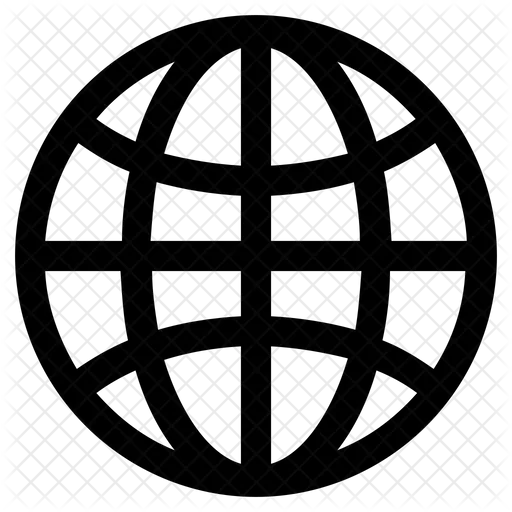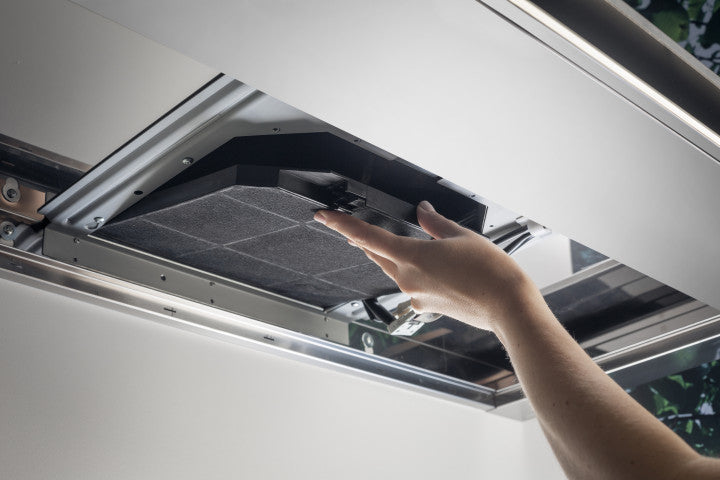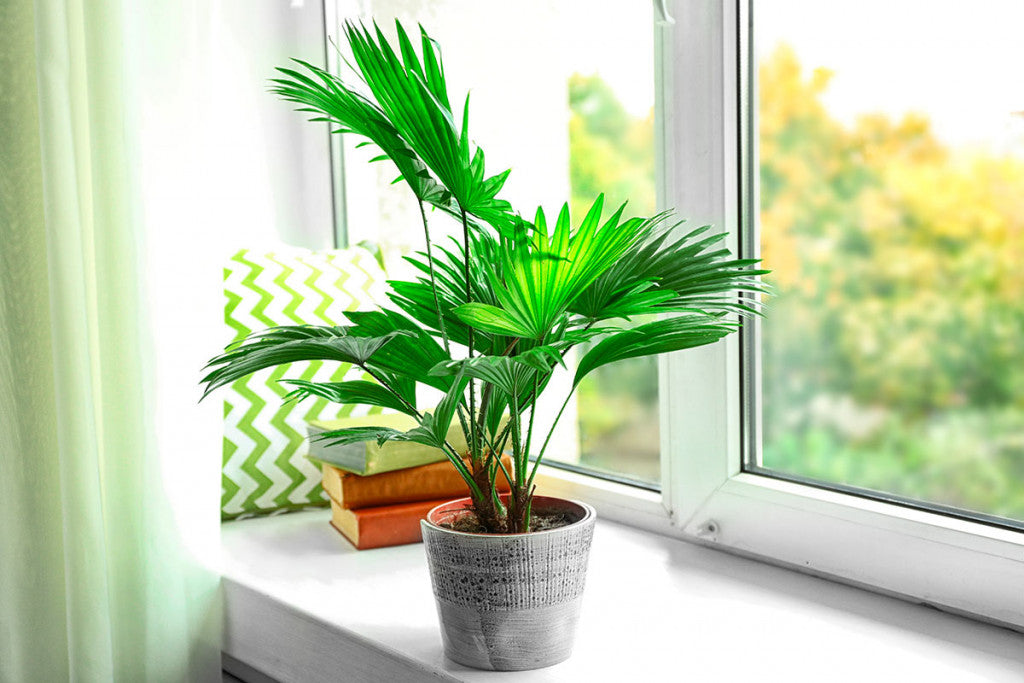As harmful as it is annoying, cigarette smoke has a very negative impact on the quality of the air we breathe in our homes, making it one of the main causes of stale air in the home. Living with smokers is not always easy, and requires an understanding of each others’ needs as well as negotiation – to allocate spaces for smoking and spaces that non-smokers would like to preserve from an unwanted habits.
While establishing ‘smoking areas’ and ‘smoke-free spaces’ is the first step to ensuring peaceful cohabitation, if there are children or young people in the family, it is always advisable not to expose them to cigarette smoke. In confined spaces, smoking should also always be avoided in the presence of people suffering from allergies or asthma.
Damage caused by smoking in enclosed spaces
While the damage caused by active smoking, i.e. smoke inhaled directly by smokers, and by passive smoking, i.e. smoke emitted by smokers but inhaled by others, is now known to most people, not everyone is aware of the consequences of so-called ‘third-hand smoke’, which describes smoke formed from the by-products of cigarette combustion and deposited on upholstery, clothes, and household furnishings.
Third-hand smoke is the most insidious form of indoor smoke pollution of all: according to important scientific studies conducted at the Lawrence Berkeley National Laboratory and the University of California (UC) it can cause genetic and health damage that increases in proportion to exposure time, causing serious lung and liver diseases but also hyperactivity and delays in the healing of certain wounds.
This pollution is even more dangerous as these residues are very difficult to eliminate, since smoke causes the formation of a very stubborn film that, in addition to generating a bad smell, sticks to ceilings, walls, objects, and fabrics, helping to create a suffocating and irritating environment.
How to purify the air from cigarette smoke
While designating specific smoking spaces (prioritising balconies, terraces, and gardens where possible) is the first step to safeguarding our own well-being and that of our loved ones, there are also other steps we can take to try to purify the air in our homes from smoke:
- Thoroughly ventilate rooms where smoking has taken place
The easiest and most immediate way to get rid of the smell is to keep the windows wide open for as long as possible: if you limit yourself to just a few minutes, the tar and resin particles trapped in the walls, fabrics, and furnishings will be absorbed by those of fresh air and the smell of smoke will return in no time. But what can be done in the depths of winter?
- Add plants that consume smoke to your home
It is a well-known fact that some house plants have a higher ability to clean the air, eliminating the most unpleasant and persistent odours by absorbing carbon dioxide and releasing oxygen. Among these, the jasmine plant, the aloe vera plant, the dracaena plant and the so-called mother-in-law’s tongue (Disocactus ackermannii) are particularly good at keeping cigarette smoke at bay. But be careful not to overdo it: turning your home into a forest could facilitate the growth of mould, which is also harmful to the respiratory system.
- Carry out deep cleaning of your home and furnishings
In the rooms of our home, being unable to smell smoke does not necessarily mean that our house is clean, as it can still be invaded by pollutants. It is therefore necessary to clean all fabrics (carpets, curtains, cushions, duvets, etc.) thoroughly with a detergent, as these materials are more likely to absorb tar and resin, and to clean other surfaces using bleach or vinegar (which generate pungent odours that soon disappear). The use of air fresheners (sprays, candles, or aroma diffusers) is not recommended as they only cover up the bad smell, adding more fumes to the air we breathe.
Why use an air purifier for smoke
The remedies for purifying the air from smoke and its pollutants in the home discussed above are certainly valid measures that can be used on a daily basis, but unfortunately they are not enough to solve the problem on their own. In addition to having limitations and drawbacks and taking a long time, they may not be effective enough in chronic situations.
If you live with one or more smokers in your home, the ideal solution is therefore to use an air purifier: if used in living areas and bedrooms, it will make the environment healthier for children and young people in their developmental years, as well as for other family members.
This detoxifying result is only achieved by the best purifiers on the market, making use of both an activated charcoal filter designed to neutralise unpleasant odours and toxic components released by cigarette smoke, and a HEPA filter of medium-high calibre (an essential element for filtering out tar and particulate matter that could settle on surfaces). While the different filtering layers of the HEPA filter block the polluting particles released by smoke, a flow of air prevents them from being recirculated once they have been captured, providing purified air that is beneficial for the whole family.
Equipped with a HEPA filter, Faber’s Portable Air Hub uses the 4×4 Tech system that guarantees perfect air treatment and 99.99% abatement of polluting particles. An excellent performance is guaranteed by the combined effect of 4 filtering stages (Pre-Filter, HEPA Filter, VOC Filter and Activated Carbon) and the presence of 4 UVC lamps that make it possible to constantly sanitise the internal filters without producing ozone. This cutting-edge technology is able to act not only on bad odours but also on tar and particulate produced by cigarette smoke, through the synergic action of a HEPA H13 filter and activated carbon filter. This offers effective and lasting protection from their harmful effects as well as an ecological and definitive solution to the problem of indoor smoke pollution.











